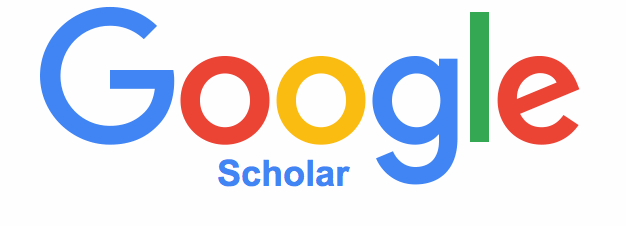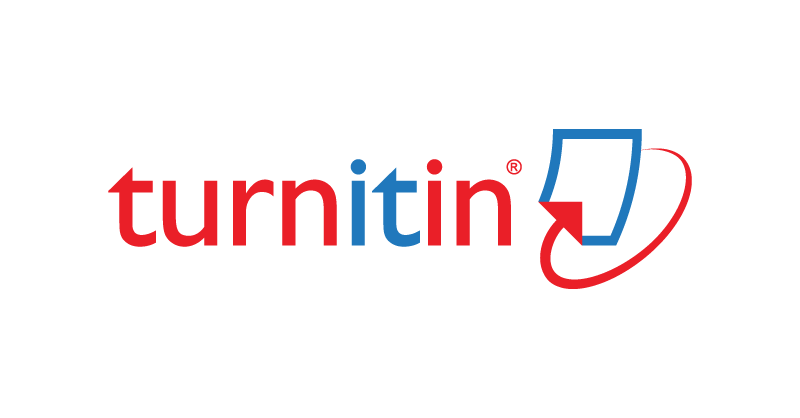Line Balancing Analysis to Optimize Production line of Bushing Rubber Using Theory of Constraints and Heuristics Method with Promodel Simulation at PT. Madya Putera Tehnik
DOI:
https://doi.org/10.32734/jsti.v25i1.9519Keywords:
Line Balancing, Theory of Constraints, HeuristicAbstract
The development of manufacturing industry is currently experiencing very rapid development, although the Covid-19 pandemic is still ongoing, this development cannot be inhibited. PT. Madya Putera Tehnik is an industry-engaged automotive part manufacturer that produces bushings. The problem experienced is that the high demand for bushing rubber products makes companies have to optimize the performance of employees and their machines so that targets can be met on time. This study aims to analyze the effectiveness of the production line in the process of making rubber bushings as well as to provide suggestions regarding the balance of the track to increase productivity by using the Theory of Constraints and Heuristic methods. The Theory of Constraints method aims to identify bottlenecks at the outer pipe cutting, rubber roll, rubber clean, and packing work stations that are experiencing problems, and the Heuristic method aims to calculate the balance of the production line. The results obtained from data processing, namely the ranked positional weight and largest candidate rules method have the same results with the number of work stations as many as 14 work stations, track the efficiency of 70%, balance delay of 30%, smoothing index of 66.57, and total exits as many as 1145 units of rubber bushings. It can be interpreted that the two methods have proposed the most optimal trajectory conditions. The company should review the balance of the track and the current production capacity of the company.
Downloads
References
R. A. Indriawan, P. Moengin, and S. Adisuwiryo, “Perancangan Model Simulasi Keseimbangan Lini Produksi Filling Cabinet FFR 60 P3D Untuk Mencapai Target Produksi Pada PT.Chubbsafes Indonesia,†pp. 207–213, 2017.
M. Basuki, H. MZ, S. Aprilyanti, and M. Junaidi, “Perancangan Sistem Keseimbangan Lintasan Produksi dengan Pendekatan Metode Heuristik,†J. Teknol., vol. 11, no. 2, pp. 1–9, 2018.
R. A. M. Puteri and W. Sudarwati, “Pengukuran Line Balancing dan Simulasi Promodel di PT. Caterpillar Indonesia,†J. Integr. Sist. Ind., vol. 3, no. 2, pp. 15–22, 2016.
H. Napitupulu, M. T. Sembiring, and N. A. Hidayah, “Perencanaan dan Penjadwalan Produksi Green Tea Dengan Pendekatan Theory of Constraint Pada PT.XYZ,†J. Sist. Tek. Ind., vol. 18, no. 1, pp. 23–27, 2016.
B. Febrilliandika, F. Yannia, M. Riezky, N. Safira, and V. M, “Rancangan Keseimbangan Lintasan Stasiun Kerja Produksi Ragum dengan Metode Helgeson-Birnie,†J. EE Conf. Ser., vol. 3, no. 2, pp. 147–156, 2020, doi: 10.32734/ee.v3i2.987.
C. I. Erliana, Analisa & Pengukuran Kerja. Aceh: Universitas Malikussaleh, 2015.
J. C. Paune and P. Moengin, “Evaluasi dan Usulan Perbaikan Kapasitas Produksi untuk Mencapai Target Produksi Menggunakan Metode Theory of Constraints dan Simulasi,†J. Tek. Ind., pp. 113–127, 2016.
I. Dharmayanti and H. Marliansyah, “Perhitungan Efektifitas Lintasan Produksi Menggunakan Metode Line Balancing,†J. Manaj. Ind. dan Logistik, vol. 3, no. 1, pp. 43–54, 2019.
Tim Dosen Sistem Produksi, Buku Ajar Sistem Produksi. Surabaya: Universitas Wijaya Putra, 2009.
F. Satria et al., Modul Praktikum Perencanaan & Pengendalian Produksi. Bandung: Universitas Telkom, 2014.
I. M. Erwanto and P. Adi, “Perbaikan Lintasan CU dengan Metode Line Balancing,†J. Titra, vol. 5, no. 2, pp. 387–392, 2017.
I. K. Sriwana, Modul Praktikum Analisis Simulasi Sistem. Jakarta: Lembaga Penerbitan Universitas Esa Unggul, 2017.
Downloads
Published
How to Cite
Issue
Section
License
Copyright (c) 2023 Jurnal Sistem Teknik Industri

This work is licensed under a Creative Commons Attribution-ShareAlike 4.0 International License.
The Authors submitting a manuscript do so on the understanding that if accepted for publication, the copyright of the article shall be assigned to TALENTA Publisher Universitas Sumatera Utara as the publisher of the journal.
Copyright encompasses the rights to reproduce and deliver the article in all forms and media. The reproduction of any part of this journal, its storage in databases, and its transmission by any form or medium will be allowed.



















